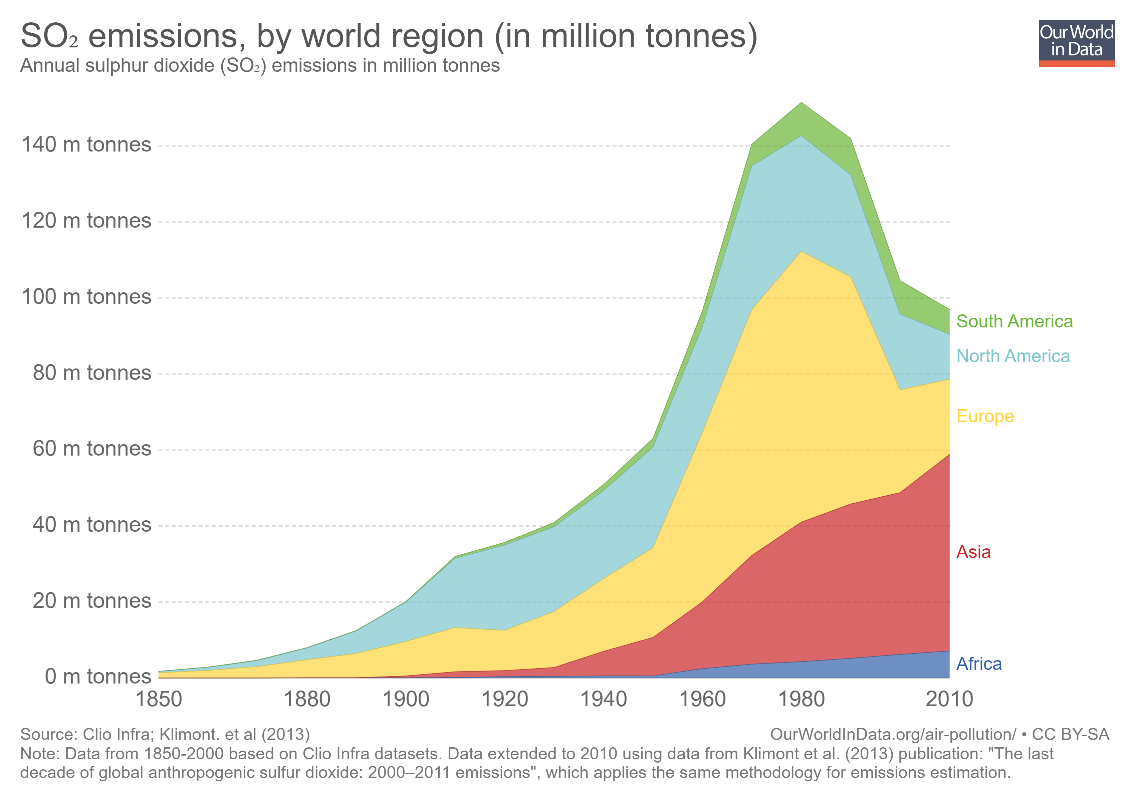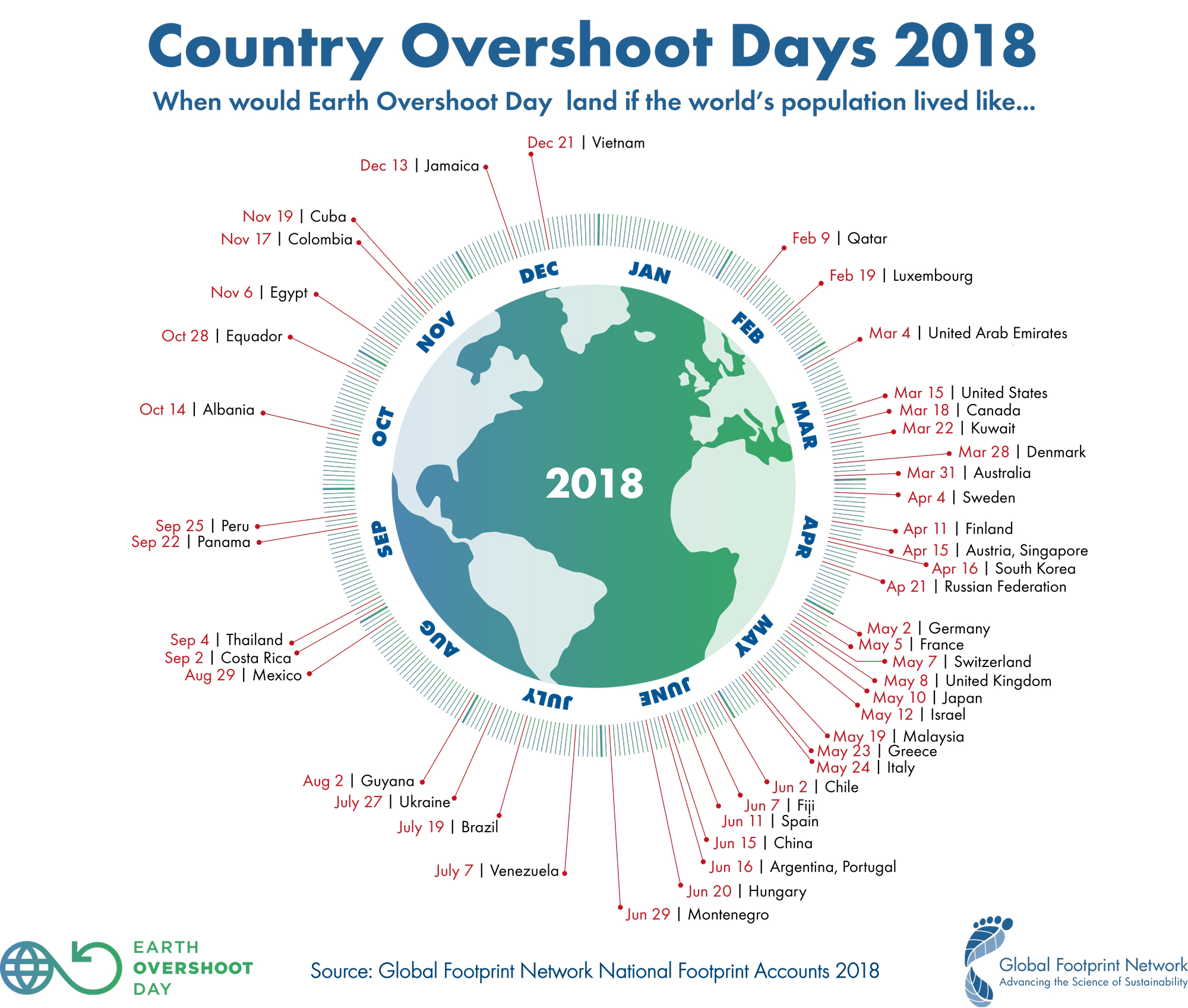Comments due by April 23, 2019
(The following are the major arguments against economic growth as presented by Herman Daly, arguably one of the most influential Ecological Economics and the popularizer of Steady State Economics)
Pascal's Wager Revisited
The growthmania position rests on the hypothesis that
technological change can become entirely problem solving and not at all problem
creating and can continually perform successively more impressive encores as
resources are depleted. There is sufficient evidence to make reasonable people
quite doubtful about this hypothesis. Yet it cannot be definitely disproved.
There is a certain amount of faith involved, and faith is risky. Let us then
take a completely agnostic position and apply the logic of Pascal's wager and
statistical decision theory. We can err in two ways: we can accept the
omnipotent technology hypothesis and then discover that it is false, or we can
reject it and later discover that it is true. Which error do we most wish to
avoid? If we accept the false hypothesis, the result will be catastrophic. If
we reject the true hypothesis, we will forgo marginal satisfactions and will
have to learn to share, which, though difficult, might well be good for us. If
we later discover that the hypothesis is true we could always resume growth.
Thus even in the agnostic case, it would seem prudent to reject the omnipotent
technology hypothesis, along with its corollary that reproducible capital is a
near-perfect substitute for resources.
The Fallacy of Exponentially Increasing Natural Resource
Productivity
The orthodox position argues that
exponential technological progress, as measured in two-factor production
functions is usually accompanied by exponential increases in resource throughput
(depletion and pollution). It is of little comfort to contemplate increasing
productivity of labor and capital if it is at the continuing expense of
resource productivity and if resources are the ultimately scarce factor. Robert
Solow has defended growth by directly appealing to increasing resource
productivity. Solow concludes that "there is really no reason why we
should not think of the productivity of natural resources as increasing more or
less exponentially over time" (1973, p. 51). This remarkable conclusion,
if true, would be a boon to those who advocate limiting the throughput of
resources, because it would mean that such a limit is totally consistent with
continued exponential growth in GNP and is therefore not such a radical
proposal. The resource flow could be stabilized and GNP could continue to grow
exponentially as a resource productivity (i.e., GNP/resource flow) increased
exponentially. Why, then, does limiting the resource flow provoke such strong
opposition from growth economists?In his Richard T. Ely Lecture to the American Economic Association, Solow went as far as to proclaim not only the conditional possibility, but the empirical likelihood that "the world can, in effect, get along without natural resources" (1974, p. 11). Solow elaborates that this is so if we have a "backstop technology," such as breeder reactors, which will mean that "at some finite cost, production can be freed of dependence on exhaustible resources altogether" (1974, p. 11). Apparently, the world cannot get along without all natural resources as he first suggested, but only without exhaustible ones. Just how to build and maintain a backstop technology of breeder reactors (the only example offered) without exhaustible resources such as copper, zirconium, tungsten, and iron, not to mention initial stocks of enriched uranium or permanent depositories for radioactive wastes, is not explained by Solow.
The Ever Expanding Service Sector and "Angelized GNP"
Advocates of growth frequently appeal to the increasing importance
of services, which, it is assumed, can continue to grow indefinitely, since
such activities are presumable nonpolluting and nondepleting. Thus while
agriculture and industry will be limited by their necessary pollution and
depletion flows, services are allegedly not so limited and will continue to
grow. Therefore, an ever larger fraction of total GNP will originate in the
service sector, and consequently the pollution and depletion flows per average
dollar of GNP will fall continuously. Presumably, we will approach a
nonphysical "angelized GNP."
The flaw in this view is that there are limits to how high the
proportion of services to goods can rise in the product mix without provoking a
shift in the terms of trade in favor of goods and against services to such an
extent that goods production would again expand and service production
contract. Historically, employment in the service sector has grown relative to
total employment, because productivity and total output of industry and
agriculture have increased vastly. Once total output of physical goods is
restricted, service sector growth will be increasingly restrained by a
progressive deterioration in its terms of trade vis-a-vis physical goods.
Misleading Views on
Misallocation and Growth
Many growth economists (Beckerman, 1974, p. 20) have argued that
in order to prove that the growth rate is excessive it is necessary to show
that the resource misallocation at any point of time takes the form of
excessive investment. This reflects a commonly held position among economists
that the market will automatically limit growth at some optimal rate. But we
must first ask just what "misallocation," or more specifically
"excess investment," means in the context of the statement. It means
that more is being invested and less consumed out of current production than
would be the case under freely competitive markets and consumer sovereignty.
Misallocation is defined with respect to the competitive market equilibrium of
the plans of savers with the plans of investors, not with respect to physical
relations of the economy with the ecosystem. Excessive
"disinvestment" of geological capital (depletion), excessive
pollution and destruction of ecosystems, and excessively onerous technologies
are all consistent with the condition that savers in the aggregate are planning
to see just what investors in the aggregate are planning to invest. The market
seeks its behavioral equilibrium without regard for any ecological limits that
are necessary to preserve bio1 physical equilibrium. There is no reason to
expect that a short-run behavioral equilibrium will coincide with a long-run
(or even a short-run) biophysical equilibrium. In fact, it is clear that under
present institutions the two will not coincide. The behavioral equilibrium
between planned saving and planned investment nearly always occurs at positive
levels of net saving and investment. Positive net investment means growth,
which means an increasing throughput and increasing biophysical disequilibrium.
Orthodox growth economists are likely to reply that if only we
could internalize all true ecological costs into money prices, then market
equilibrium would coincide with ecological equilibrium. This is a bit like
Archimedes saying that if only he had a fulcrum and a long enough lever he
could move the world.
What Second Law?In an article defending growth, Harvard economist Richard Zeckhauser tells us that "Recycling is not the solution for oil, because the alternate technology of nuclear power generation is cheaper" (1973, p. 117, n. 11). The clear meaning of the sentence is that recycling oil as an energy source is possible but just happens to be uneconomical, because nuclear energy is cheaper. The real reason that energy from oil, or any other source, is not recycled is of course the entropy law, not the relative price of nuclear power. This nonsensical statement is not just a minor slip-up that we can correct and forget; it indicates a fundamental lack of appreciation of the physical facts of life. No wonder Zeckhauser is unconvinced by limits to growth arguments; if he is unaware of the entropy law he could not possibly feel the weight of the arguments against which he is reacting in his article.
An article entitled "The Environment in Economics: A
Survey" Begins with the words: "Man has probably always worried about
his environment because he was once totally dependent on it" (Fisher and
Peterson, 1976, p. 1). The implication is that man is no longer totally
dependent on his environment, or at least that he has become less dependent.
Presumably, technology has made man increasingly independent of his
environment. But, in fact, technology has merely substituted nonrenewable
resources for renewables, which is more an increase than a decrease in
dependence. How could man possibly become more independent of his environment
without shutting off exchanges with the environment or reducing depletion and
pollution, rather than increasing them? For man to exist as a closed system,
engaging in no exchanges with the environment, would require suspension of the
second law. Man is an open system. What was man three months ago is now
environment; what was environment yesterday is man today. Man and environment
are so totally interdependent it is hard to say where one begins and the other
ends. This total interdependence has not diminished and will not in the future,
regardless of technology.
Zero Growth and the Great
Depression
A condition of nongrowth
can come about in two ways: as the failure of a growth economy, or as the
success of a steady-state economy. The two cases are as different as night and
day. No one denies that the failure of a growth economy to grow brings
unemployment and suffering. It is precisely to avoid the suffering of a failed
growth economy (we know growth cannot continue) that we advocate a SSE. The
fact that an airplane falls to the ground if it tries to remain stationary in
the air simply reflects the fact that airplanes are designed for forward
motion. It certainly does not imply that a helicopter cannot remain stationary.
Conclusions from the Growth
Debate
To a large degree, the growth debate involves a paradigm shift of
a gestalt switch--a change in the preanalytic vision we bring to the problem.
Conversion cannot be logically forced by airtight analytical demonstrations by
either side, although dialectical arguments can sharpen the basic issues. But
as the growing weight of anomaly complicates thinking within the growth
paradigm to an intolerable degree, the steady state view will become more and
more appealing in its basic simplicity. In any case, orthodox economics will
not easily recover from the weaknesses that some of its leading practitioners
have revealed in their efforts at self-defense. It is, to say the least,
doubtful that "the world can, in effect get along without natural
resources." But it is certain that the world could do very well indeed
without "the orthodox economists whose common sense has been insufficient
to check their faulty logic."






